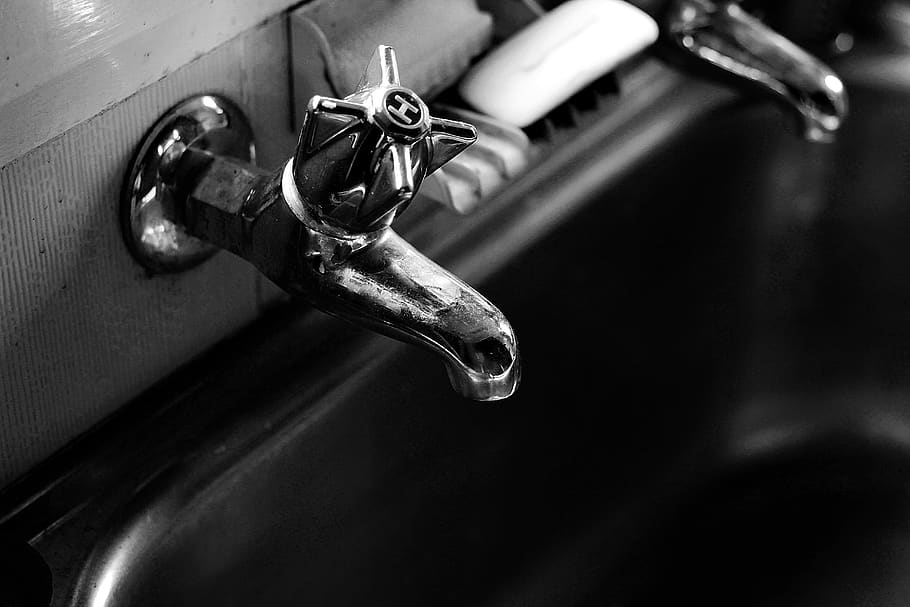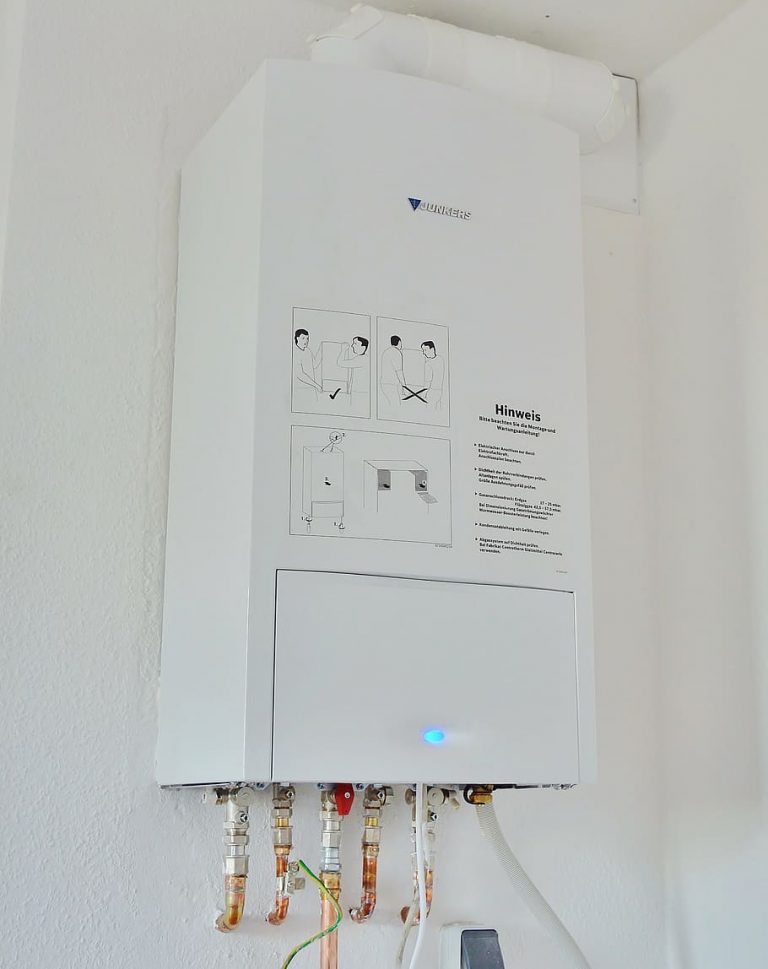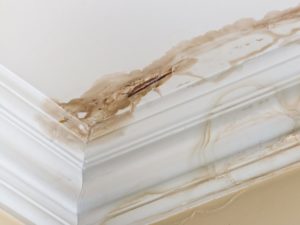PORTABLE WATER HEATER
Whether you’re on the family camping trip, having a day at the lake, or swimming in the pool, sometimes you just need a hot shower. Simply attach a garden hose and you have all the hot water you need. The Triton portable water heater produces more hot water per minute than any other unit in its class. Capable of producing 1.5 gallons of hot water per minute, this heater is great for everything, from filling up a portable pool to washing your pets or showering off at the beach.
FEATURES
Easy-turn garden hose connector
Fully adjustable heat and water flow
Multi-setting shower head: Off, Mist, Shower, and Jet
Carry handle folds down for storage
Raises water temperature
Adjustable water temperature from 80deg; F to 150° F
Hang with included brackets or use free standing base
Includes hose and regulator for bulk propane tank
Approx. 11 hrs. of continuous use from one standard LP tank
SPECIFICATIONS
72 in. shower hose
34,000 BTU burner
Maximum flow: 1.5 gallons/min – raises water temp 38° F
Minimum flow: 0.5 gallon/min – raises water temp 102° F
15 lbs w/ stand
Overall Dimensions: 12 in. x 15 in. x 4 in.
Requires at least 25 PSI water pressure from input hose for proper flow
Uses 2 D batteries for ignition (not included)
Warranty: 1 year
Somewhat apprehensive as we got a bad part out of the box. It was in the mail the day I discovered it was defective. Went to local hardware picked up the $4.00 part, leaving the next day. Had I remembered to put the batteries in it would have worked right away. The wife would have been happier also.

CONVENTIONAL VS. TANKLESS WATER HEATERS
Last week we looked at some of the differences between electric and gas water heaters. Today we’re diving into another set of options that some folks don’t even know exists. If your unit is on the fritz and you’re looking for a new water heater with installation, there are a couple of alternatives beyond conventional gas and electric. We’ll look at conventional vs. tankless water heaters below, along with one other option that might surprise you.
CONVENTIONAL WATER HEATERS
As we saw when comparing conventional gas and electric tanks, today’s conventional tank models are more energy-efficient than they used to be. This translates to about 7% less in water heating bills.
A conventional water heater runs constantly. It keeps water stored, hot, and ready to use. The downside of this is that when your stored hot water is gone, it takes time to heat up more. If you’ve ever been the third or fourth person to shower in the morning, you may have experienced this.
TANKLESS WATER HEATERS
Tankless water heaters offer a slightly different approach to hot water storage than conventional models… they don’t do it. A water heater without a tank will heat your water only when you need it. The moment you turn the “H” handle on your faucet or shower is the moment your water gets hot. (To be honest, as plumbing contractors, we have a soft spot for how efficient these models are
Tankless water heaters will save you around 30% on water heating bills. They do this by only heating water when you need it. Even in a single year, that can mean a lot of money back in your pocket. Just like conventional tanks, you can supply tankless water heaters with your choice of gas or electric. A tankless water heater will have a higher upfront cost, but there are many benefits to this style of water heater

How a Storage Water Heater Works
Fundamentally, a water heater is an appliance that converts energy to heat and transfers that heat to water. It’s connected to a cold water supply pipe and has an outgoing hot water pipe—or system of pipes—that supplies heated water to faucets and appliances.
A gas-fueled storage water heater heats water by means of a burner beneath the tank. Natural gas (or propane or kerosene, in some cases) is piped to a gas valve. Depending upon the age of the water heater, it may be served by a couple of different types of valves
A thermostat that detects the temperature of water in the tank regulates fuel delivery to the burner, which is ignited by a pilot light or spark ignition. A vent collects toxic emissions from the burner and pipes them up through the tank, out the top, and normally up through the roof. Some newer, high-efficiency water heaters have fan-assisted vents that can be piped out through a wall.
Here is a terrific video that shows all of the parts of a gas water heater. It even includes what you would see if you cut-away your water heater and looked inside. If nothing more, this will give you a clearer idea of why it’s a good idea to drain some mineral-heavy water from the tank once or twice a year
Because the tank is under pressure, hot water exits through the hot water outlet at the top. When the hot water leaves, cold water enters through a diffuser dip tube that extends down inside the tank. The cold water pipe normally has a shutoff valve. A magnesium or aluminum anode rod utilizes the principle of ionization to minimize the water’s corrosive elements, which can significantly shorten tank life. The larger the anode, the longer a tank is likely to last.

HVAC and Plumbing Tips for First-time Homebuyers
Buying a home can be exciting, especially when it’s your first one. You’ll finally have a place to make your own, but it is important to not overlook the working parts of the property. Your HVAC and plumbing systems help make your home comfortable and livable, so it is important to learn about the history and the condition of them before you make your first home purchase.
Inspection
Start off with a professional inspection of both your HVAC unit and your plumbing system. A typical home inspection during escrow includes your homes major systems, plumbing, HVAC, and electrical. Sometimes the current homeowner may have a record of a home inspection prior to listing the house on the market. This is important to ask the realtor about.
History
When it comes to an inspection, you may get some history behind the systems of your potential home, but it is not always every single repair or issue that your plumbing or HVAC has had along the way. You should consider asking the realtor if the owner has maintenance and repair records for your systems
Also remember to keep your records once you buy the home, so if and when you decide to sell it, you can provide this information. The history of the system also means it’s age. A typical HVAC system usually lasts between 15 to 25 years. Keep this in mind, because if your system is about 10 years old or older, you may need repairs or a replacement sooner than you think.
Location
When moving into your new home, it is important to know the location of your systems and all the important parts. This will include the main water shut off valve for your plumbing, water heater, HVAC outdoor unit, thermostats, and much more
HELPFUL WATER LEAK DETECTION GUIDE
If there’s one sound that no one enjoys hearing in their home, it’s that signature “drip, drip, drip” that signals to a leak somewhere in the house. A lot of people find that noise to be more troublesome than the actual leak itself, but this is not a good position to take. A leak can represent a real problem to your home, and here’s why that is, and what you should do about it.
Your Early Warning Signal
A leak itself may be easy to set aside because it seems like such a small thing. But unfortunately, a leak is just a symptom of a larger, ongoing problem. Ignoring the leak is like admitting that you’re not interested in solving a problem cheaply and efficiently, but would rather pay more money and spend more time dealing with a very serious problem.
A home may lose anywhere from 2,000 to 20,000 gallons of water on an annual basis just because of leaks. If those leaks occur in pipes that run throughout the home, this may also result in water damage to ceilings or walls where continued leakage erodes the building materials over time.
Find the Problem
Dealing with a leak first means knowing where it is and what the severity of the problem. In the best case scenario, you’ll know the leak is at your faucet because you’ll see it there, and discover that maybe all you need to do is tighten the fixture somewhere with a wrench.
Prevention Helps
Sparing yourself from a costly and expensive repair is avoidable if you take some preventive action beforehand. Dealing with leaks as soon as they happen is definitely a good idea.